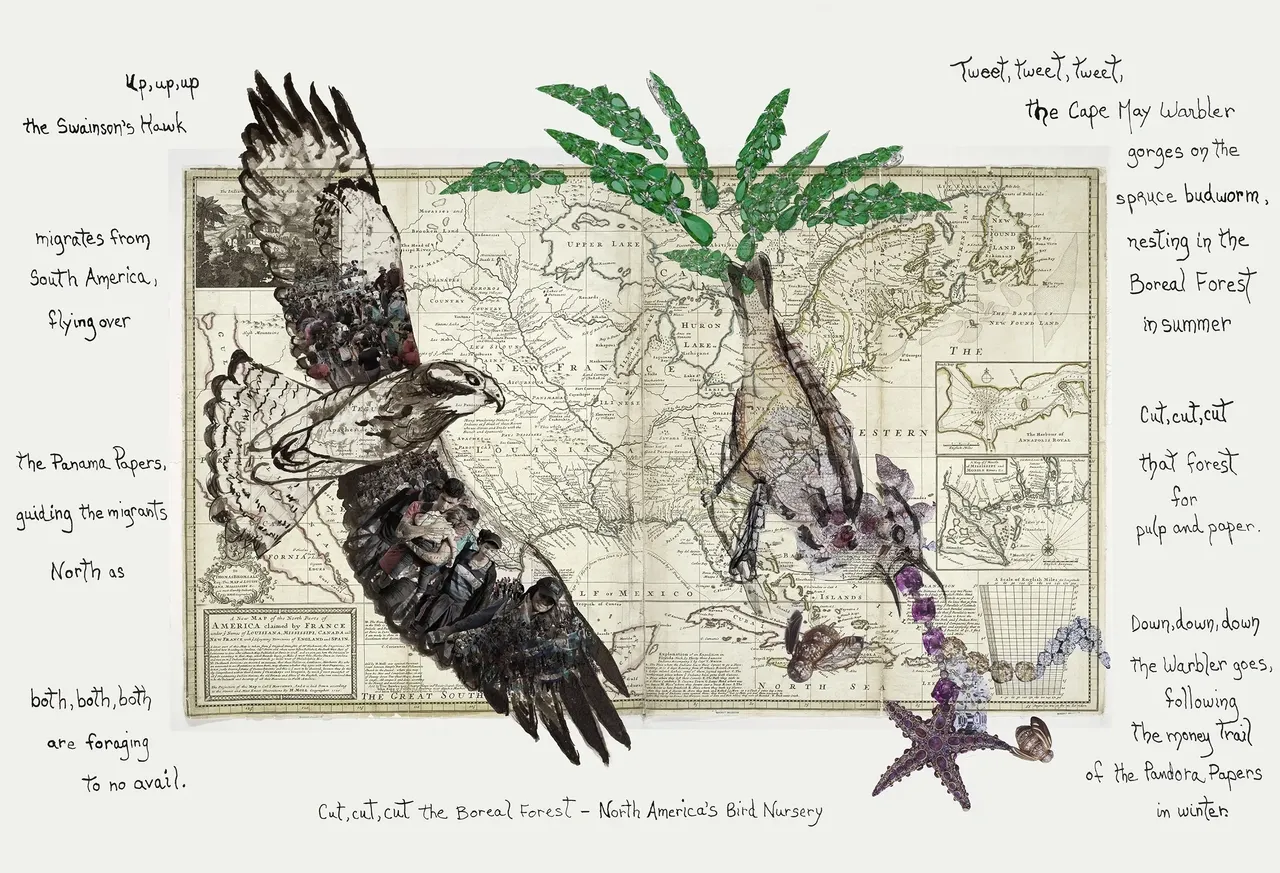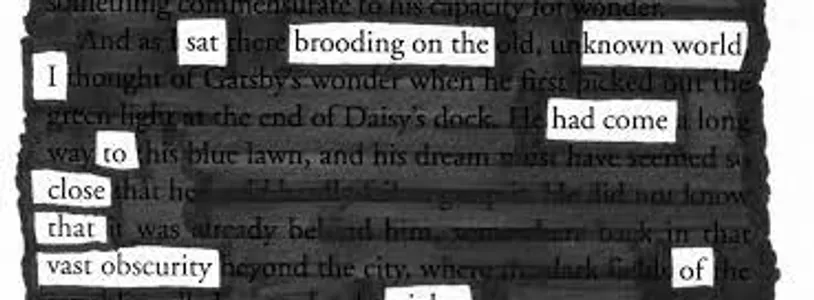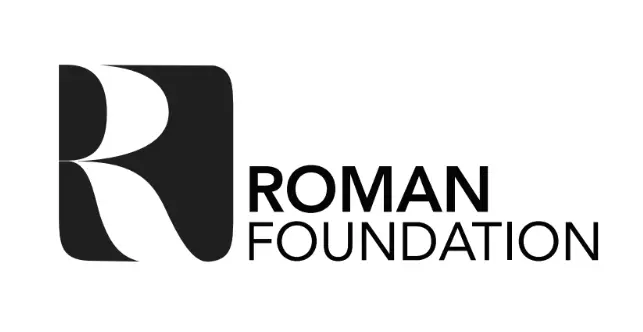Activity 1- Meeting the bird
Spend some time looking at the gallery image of your chosen bird, reflecting on the following questions:
- What led you to choose this bird?
- What colors, forms, or images stand out to you?
- What do you feel when you look at the bird?












